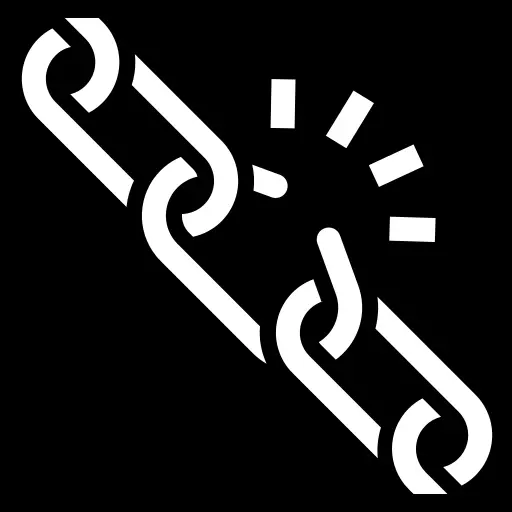https://www.youtube.com/watch?v=rZpHizpZSPQ
It’s apparently real.
https://www.youtube.com/watch?v=rZpHizpZSPQ
It’s apparently real.


Bias training data = bias LLM. Who knew?

The area in the photograph, where the Washington monument is, is known as the national mall.

national mall cops
I’ll see myself out…
If it’s like a vpn interface, it’s still running as a deamon in the background even if the browsers are closed.
Like others have said you can check what application is using each open port. You can also check running processes (ps | grep keywords) and interfaces (ip a).


That mail/[.]my-mail/[.]rocks maps to the tor network.
https://metrics.torproject.org/rs.html#details/E3F16EEB32F9C0B28325891F7BAACA8EC212343D


Try calling your representatives if they are friendly. Not that this will help much but at least push that you cannot identify where they are and if they are safe.
Other than that, legal council which likely comes with a cost.
Edit: https://www.immigrantdefenseproject.org/criminal-immigration-helpline/


Rotisserie chicken but in the OG container not bagged.
And don’t forget the barcode shirt!


Can you login to the T-Mobile account to check the unlock status?


look for disassembly videos of your specific washer/model number. You might even find videos with the same symptoms.
Taake it apart and take lots of pictures of everything as you take it apart so you can put it back together.
Look for signs of a damaged part.
Use Google image search or identify product markings/part numbers/model numbers and see if you can buy the part. 3.5) Post pictures asking to identify the part if all else fails.
Assume and plan that if you take it apart, you might need to buy a replacement washer. Plan accordingly.


Based on the comments and feedback there’s a few main points:


I’ll be honest that I haven’t watched his videos so maybe it ends up stable. TrueNAS basically says in their docs you can end up with weird issues.
If you host it in proxmox directly there’s less overhead, as in it’s not going bare metal > proxmox > TrueNAS > application. You might run into issues but honestly try it and keep a configuration backup if it fails. Pcie passthrough instead of devices for the HBA card and any external graphics cards works the most stable but you won’t be able to “share” those resources.
I personally like docker for most everything I can with a few things hosted within proxmox. I originally started with portainer which gave me a web GUI for docker but honestly docker-compose files are a better approach. So proxmox > debian > docker Proxmox > trueNAS and proxmox > other VMs. This has its own challenges like passing storage from the NAS to jellyfin but works for me.
As for components, I’m stable on an old office desktop computer potato (albeit it does hit some limits with file transfers and transcoding multiple streams). I wouldn’t necessarily recommend going out and buying an equivalent but if you want to mess around, don’t be afraid of not enough resources in a test config.


For #3 officially, nesting TrueNAS in another hypervisor and then using it as a hypervisor is not really recommended, especially with any kind of virtual drives. It could lead to challenges. Virtualizing drives is definitely not recommended and the most stable choice is passing pcie through with a hba card.
Given that, I have a similar setup and I’ve made backups for important data, I passed a pcie data/SAS hba card that I connect any TrueNAS drives to directly instead of a virtualized drive.
https://www.truenas.com/blog/yes-you-can-virtualize-freenas/
If you want to use sunshine over the Internet you can
Know that doing this is not advised and your computer will now be directly accessible to the Internet. As long as you’re fine with the potential for vulnerabilities and that risk or just don’t care:
You need to setup port forwarding on the local router for the computer you want to connect to and check the docs for origin_web_ui to include “wan” (Internet). Docs also describe encryption configurations. https://docs.lizardbyte.dev/projects/sunshine/latest/md_docs_2configuration.html#port
Know that your network router (like 192.168.1.1) keeps everything on your network from receiving any connections that weren’t already requested by a computer or phone on your network. Port forwarding opens a hole into your network and that computer now has to protect itself so keep it updated, especially sunshine, and I’d recommend not turning off ufw but just adding some rules to allow the sunshine traffic.


Those rules are for idiots and I’m not an idiot so it couldn’t possibly apply to me. I’ll just be careful.
/s


Looks like an Amazon echo

Overall the marketing is dishonest/over promises and there’s some previous lack of transparency with data breaches along with being closed source. https://en.m.wikipedia.org/wiki/NordVPN#Criticism
There’s just better options: https://thatoneprivacysite.xyz/